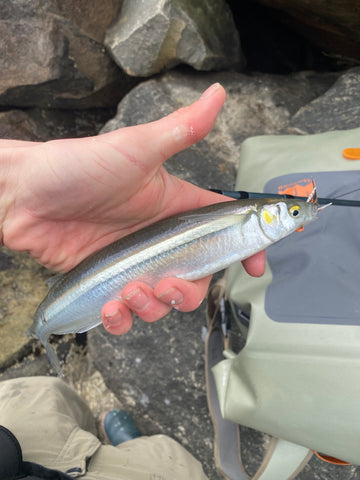Spawn Simi Seal is taking the fly tying world by storm. It is incredibly versatile and can be used to create a huge range of fly patterns, from nymphs and streamers to dry flies.
Spawn Simi Seal already offers a huge range of colors but there is still a need for more. Today, we are excited to introduce two new colors to the Spawn Simi Seal lineup: Yellow and Light Yellow. These two colors are staples in the fly tying world and will supplement all the other amazing Spawn Simi Seal creations that Pete cooks up here at Spawn Fly Fish.
Yellow is a classic color for fly tying, and for good reason. It imitates a variety of natural insects, and is also a great choice for attractor patterns. Light Yellow is a softer, more subtle shade that can be used to create a wide range of patterns. The addition of these two colors to the Spawn Simi Seal lineup is a testament to the need for continued innovation. As fly tyers, we are always looking for new and better ways to create effective patterns.
So whether you're a seasoned fly tyer or just starting out, consider adding Spawn Simi Seal to your fly tying arsenal. With its versatility and range of colors, it's sure to become a staple in your fly tying kit. Stay tuned for another release of 12 new Spawn Simi Seal Blends on 4:20!
When it comes to fly fishing, having the right fly tying materials can make all the difference in your success on the water. And when it comes to finding the best online fly shop for fly tying materials, Spawn Fly Fish is a clear standout.
Spawn Fly Fish offers an extensive selection of high-quality fly tying materials from top brands, making it easy to find exactly what you need for your next fly tying project. From hooks and thread to feathers and fur, Spawn Fly Fish has it all.
Checkout Two Tying Tutorials using this new Spawn Simi Seal Today!















